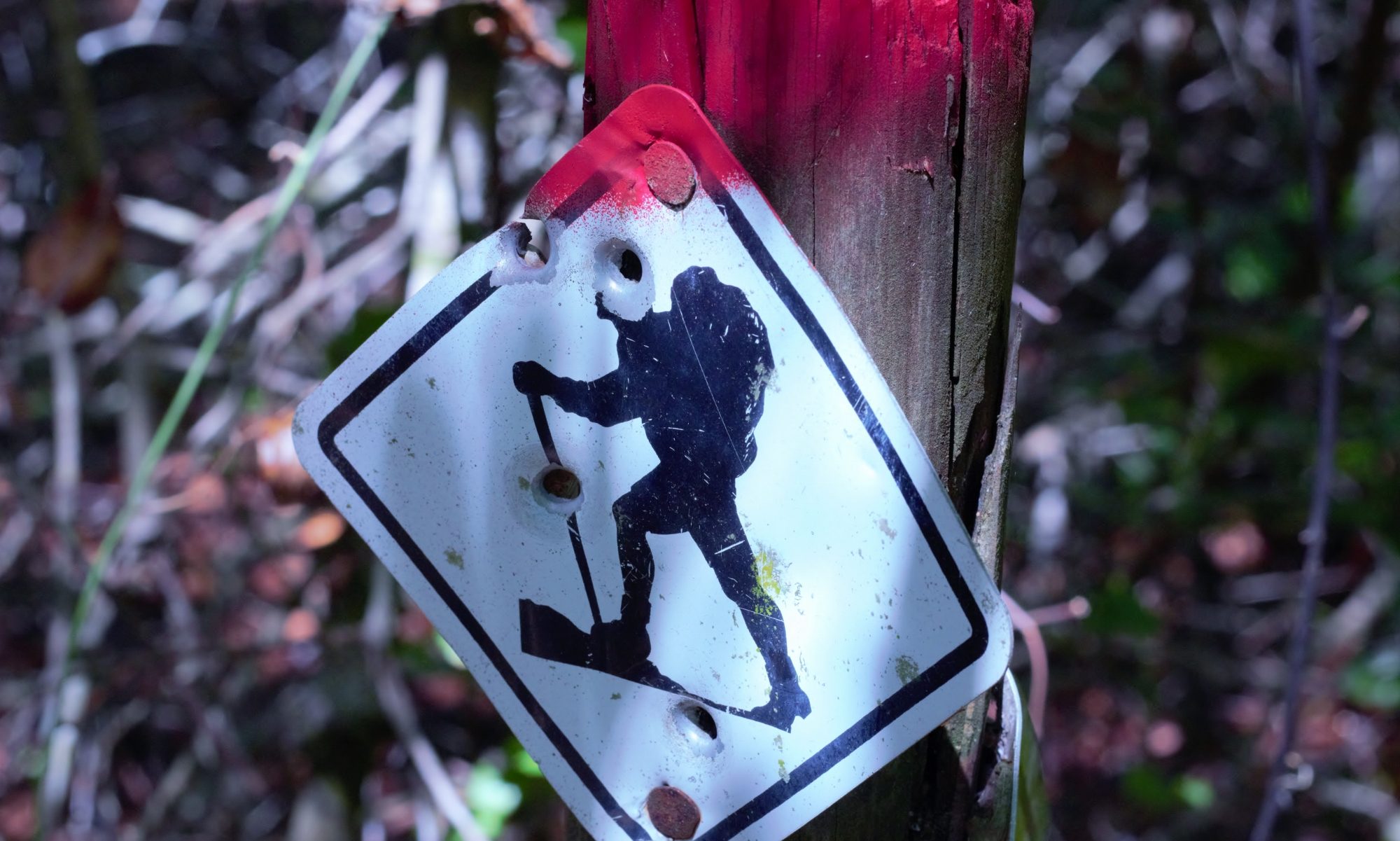Alderman’s Ford Preserve, Plant City
I enjoyed my first visit to Alderman’s Ford Preserve and was keen to see the changes brought on by spring. it was now early summer and I feared I would miss the pretty flowers. Yeah, I said it. I like looking at pretty flowers. So I drove out to hike the trails with camera in hand and decided to share the experience using fewer words than I’m accustomed to spouting.

I was rewarded straight away with some blue blossoms of spiderwort that shot up through the saw palmetto.

As I traced the treeline that separated the preserve from Turkey Creek road, something big and hairy snorted and shot out of the brush, across the street and through a front yard. I never saw it, but it kept my attention toward the brush in time to capture a cardinal couple swooping past.

Gulf Fritillaries flitted around the meadow as I made my way toward the jungle path. This one was enjoying a perch on some tread-softly.

After a walk through the palm and palmetto jungle of hydric hammock and cedar swamps, I emerged at the bank of the Alafia River, between Alderman’s Ford Park and Lithia Springs.

I sat and enjoyed my gas station Cubano while an ibis enjoyed whatever it found in the mossy rocks.

I hopped a six-foot chasm where a rivulet spilled into the river and followed the bank upstream.

Cypresses curved up to shaded the banks that receded from their roots.

A cave was formed by arching branches over islands of moss carpeted rock.

This bend in the river is known by paddlers for the rapids produced by the rock plateaus, though at this low level of water portage is likely to be necessary.

The water clung to the stone bed tracing every contour swirling and pulling vibrant moss into the eddies.

Flourishing gardens of moss were preserved under glassy pools of water that remained from the rising and falling with the rains.

Bright splotches of yellow splattered the lush banks as ragwort awoke in the noon sun.

Pollywogs swarmed in a sandy pool.

I returned to the trail wich darted left of the bank into the oak hammock where bromeliads clung in flaming clusters on towering trunks.

Purple tips sprouted from the rusty foliage of red and brown air plants.

My head in the clouds, I stopped short when I caught a silhouette of ears.

The path returned to the river as treetop eyes followed my retreat.

The deeper upstream water was clear enough to spot a group of catfish.

Many plants that up north we consider houseplants are here simply common outdoor features in the wild. I believe this is Hypoestes sanquinolenta, an invasive non-native to Florida.

At one pool, I spotted a pleco, or suckermouth catfish, sheltering under a shallow ledge. he didn’t care for my shadow and moved downstream over a terrace of tiny cascades.

Anoles abound and though they scurry away at the slightest approach, this one was calm enough to pose.

Just as at Fish Hawk North, the false dragonhead was in bloom at various spots along the banks.

The small round leaves of this verdant (but unknown to me) growth, were a perfect accent to the naturally sculpted cypress knees.

I could have spent all afternoon at this spot, but I had more ground to cover and had lingered too often dragging a thirty-minute walk into ninety or more. The dead end of the trail was not much further.

Still, the scenery was inspiring but I was anxious to see what was making the deep sounding plunks into the water ahead of me as I stomped as quietly as I could along the river. I suspected turtles, but as I rounded each corner, the logs and banks were bare.

On my return trip, a sandy shoal that had been empty only ten minutes prior was now being occupied by this big fella. I moved closer for a better snap, but he lunged forward faster than I could blink and disappeared into mud clouded depths.

As I approached the critter tree, the masked bandits were still holed up. This one watched me with one eye as I skirted the hideout.

The sandy trail carried me back toward my picnicking spot past the worn cypress colonnade.

One final rest on the bank and I headed for home.
Thanks for reading!


